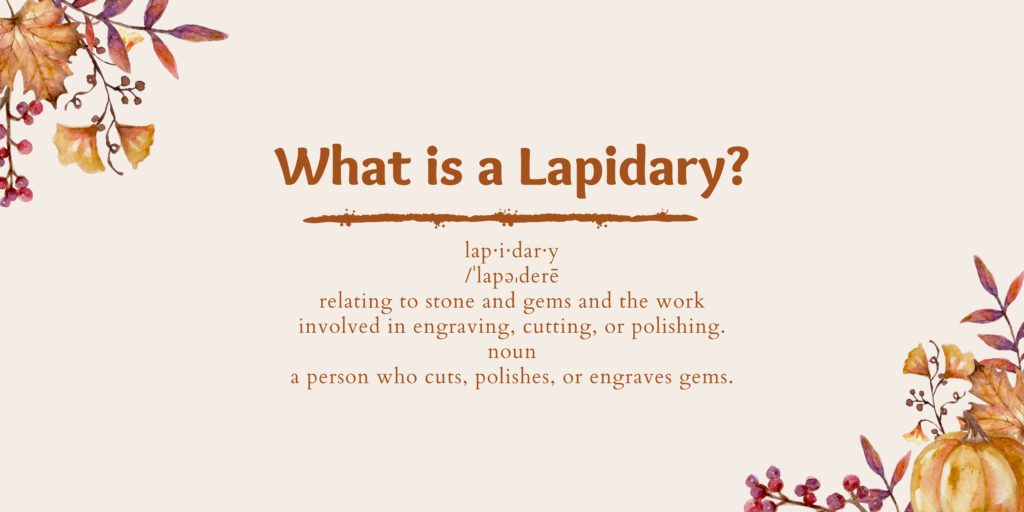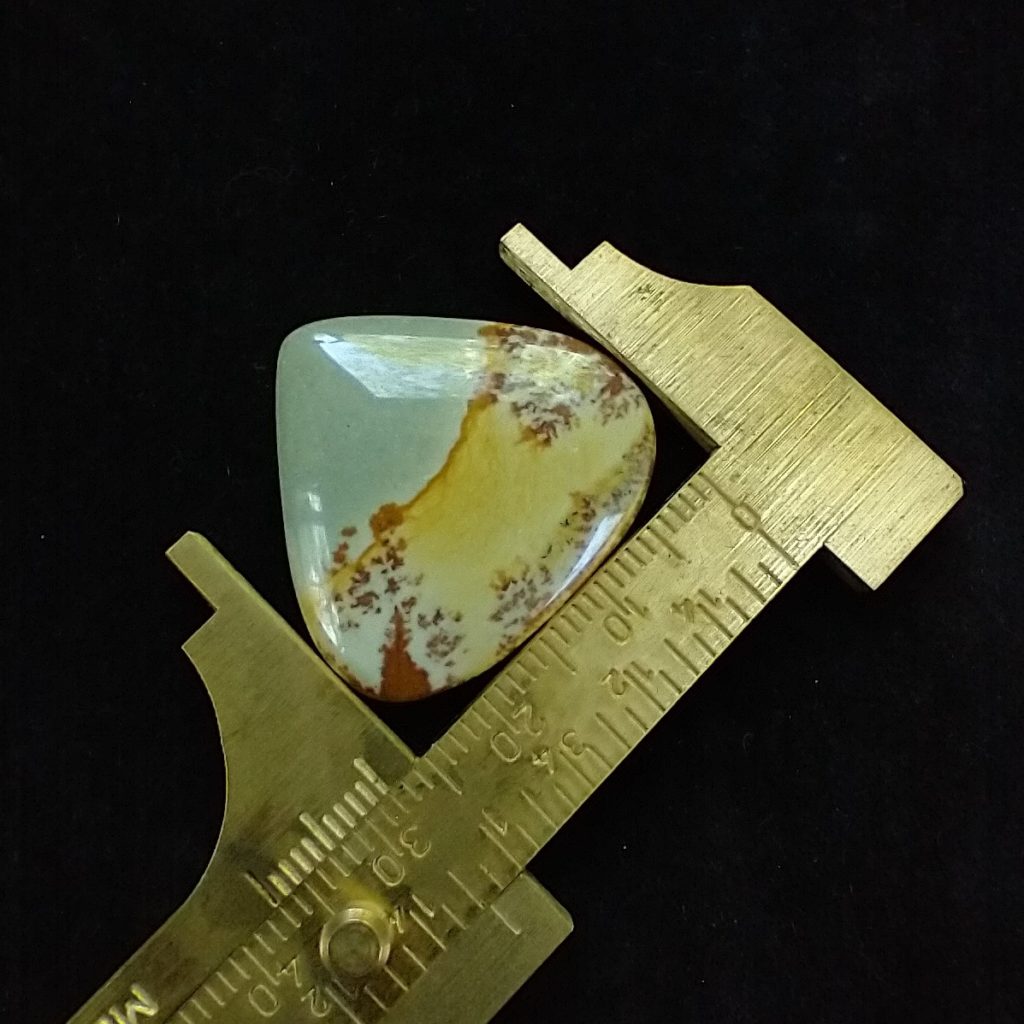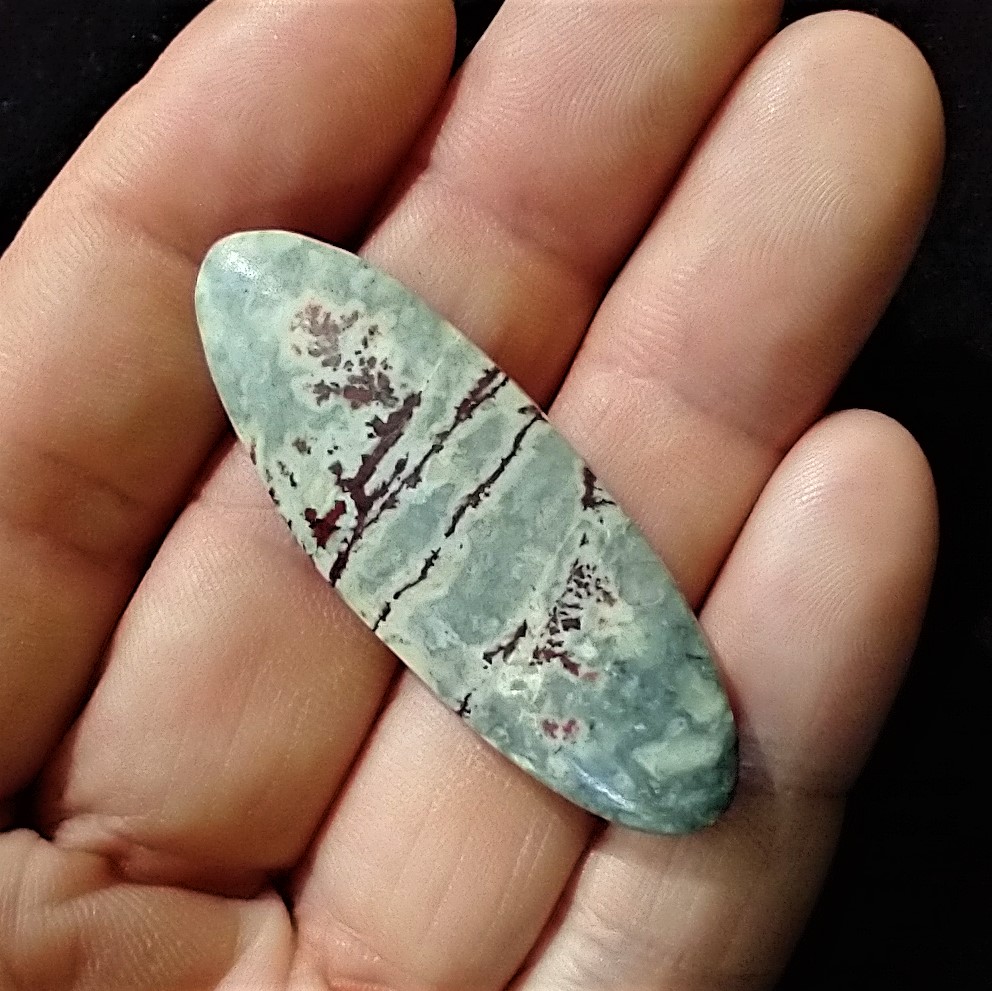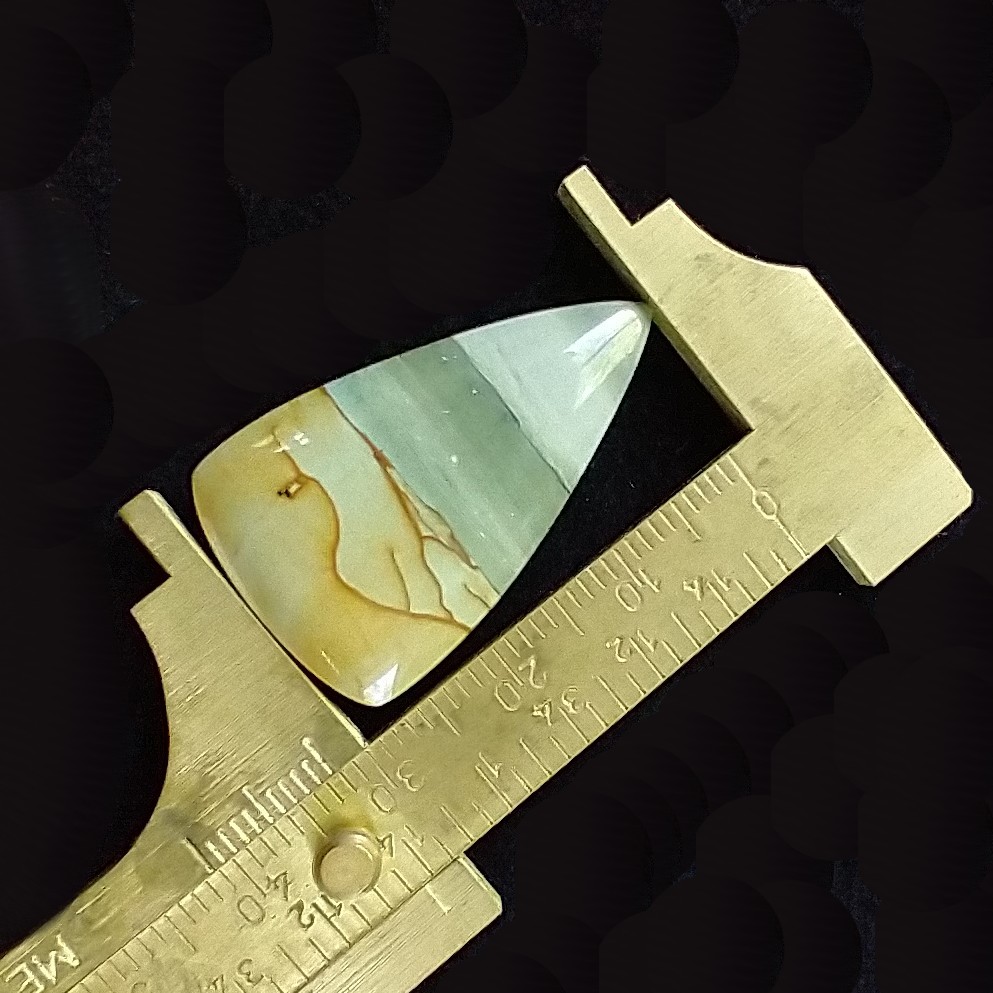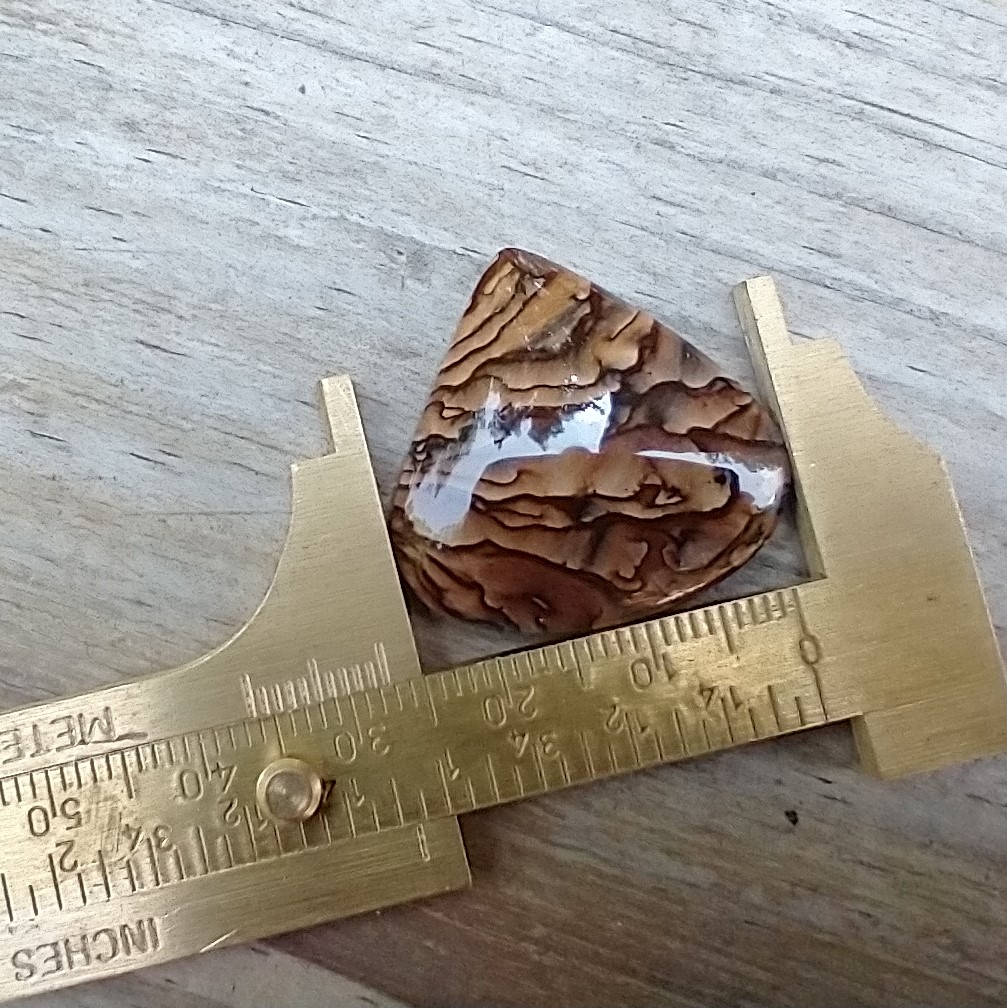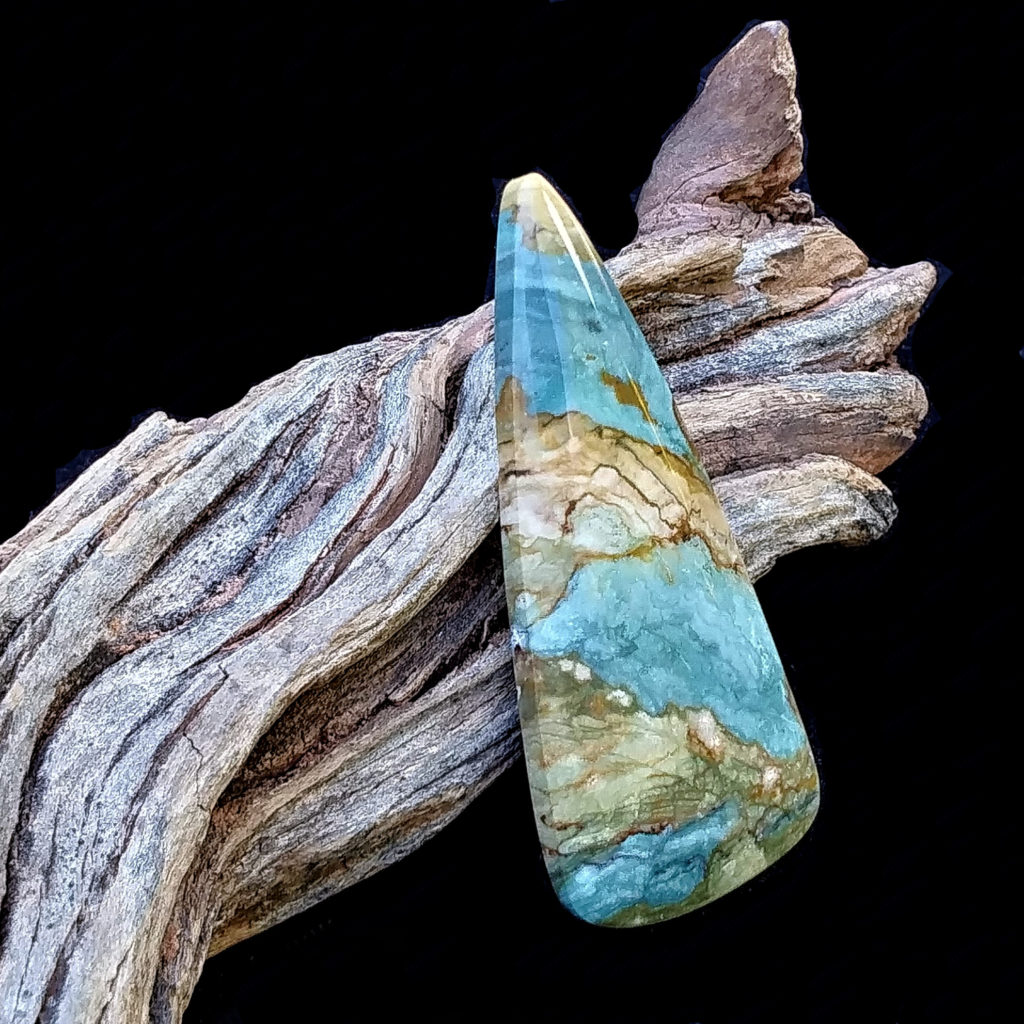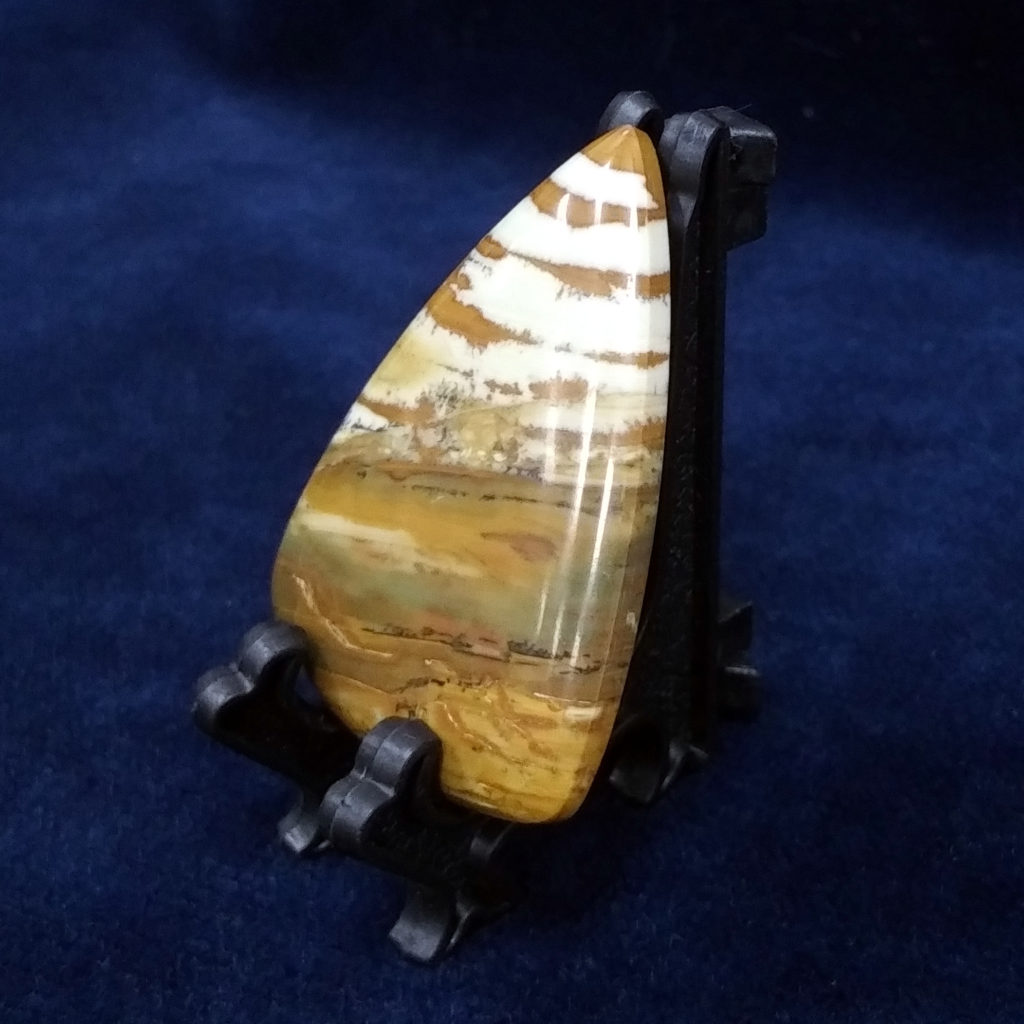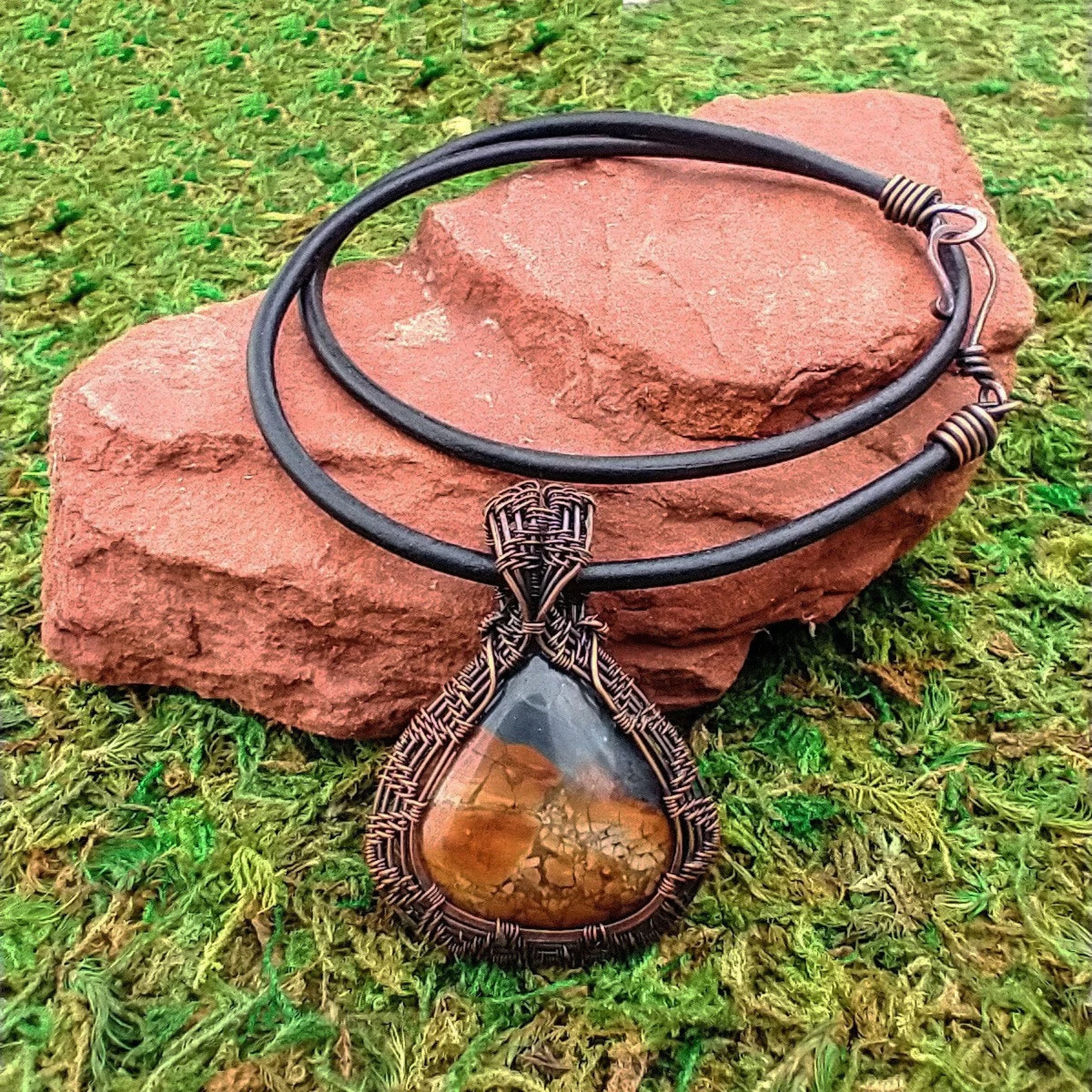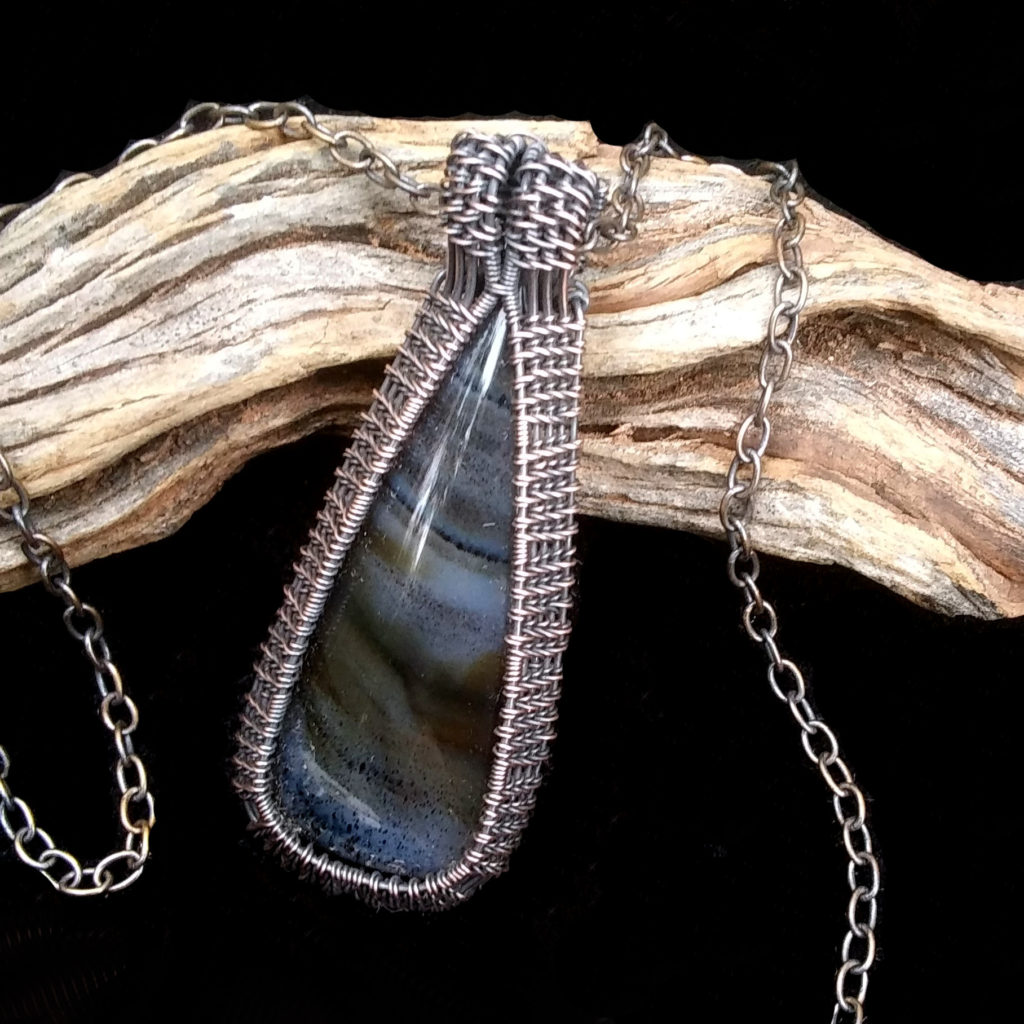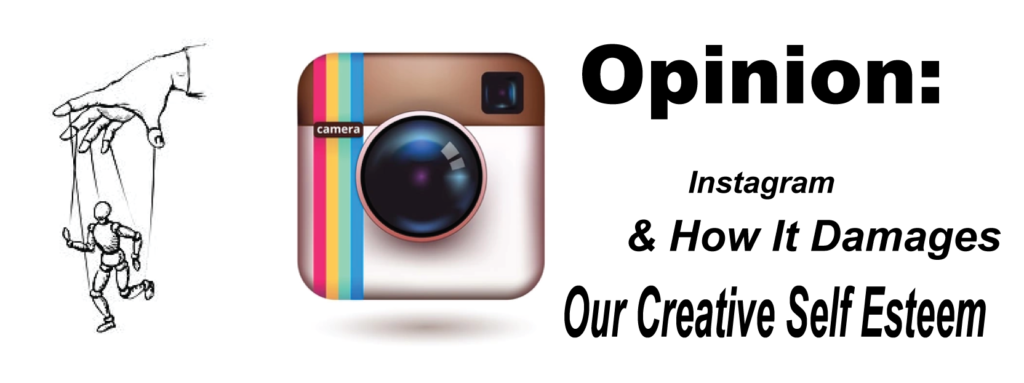
More than twenty years ago, I made a conscious choice to be true to my creative self.
I’d always known I was artistic, from my earliest memories. One year, before I was ten years old, my godmother gave me a gift of sketchpads. I don’t recall if it was because I’d drawn on her walls during a visit(I fear that may be!), but I do remember feeling recognized; being validated.
In high school, I took at least two art classes every semester. I also enjoyed creative writing, and between Art and English, my elective courses were used up.
So it was natural that I gravitated toward a career in a creative field. I move to New York City and began working as an assistant to a handbag designer. Soon enough I was the designer and eventually one with assistants of my own.
I balked at the restraints imposed upon me by sales teams and company presidents, and was usually fired for it at some point. I worked at nearly a dozen different design showrooms over the years I was a handbag designer, and all the while, my creative talents made them buckets of money. But when your gift and talent as a creative agent is not acknowledged, it’s easy enough to think I was just lucky as a designer, and my impudence wasn’t worth enduring.
After several years spent in this cycle, I happened to learn about the book “The Artist’s Way,” by Julia Cameron. The book is part of a guided creative recovery process and it changed my life.
I had no idea that I was being stifled in my creativity, but ALL my creative efforts went into the process of designing bags for my employers. The Artists Way helped me to touch base with my inner artist, Little Terrie. And it didn’t take very long for Little Terrie to go on strike.
So, I know what it feels like to have my creative process thwarted for the financial benefit of others.
And that is why I’m finding Instagram and its algorithms despicable these days.
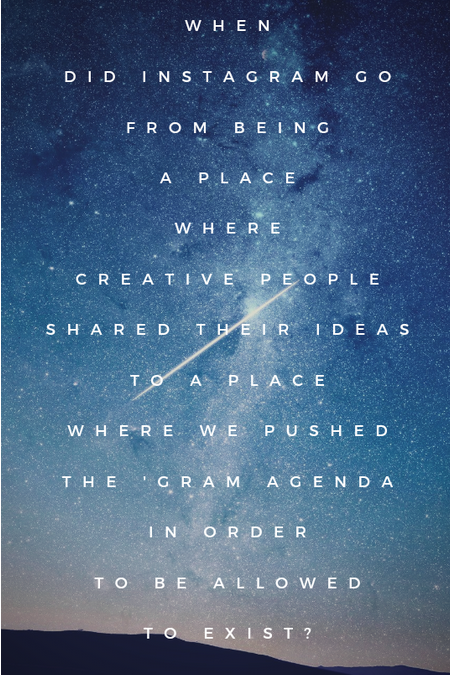
Earlier this year, Facebook whistleblower Frances Haugen spoke to British Parliament about Facebook’s internal research that showed how Instagram was harmful for young people.
In here statement, she said “Today, Facebook shapes our perception of the world by choosing the information we see. Even those who don’t use Facebook are impacted by the majority who do. A company with such frightening influence over so many people — over their deepest thoughts, feelings and behaviors — needs real oversight.”
There was a fairly visceral reaction amongst the general public; anger, frustration and outrage. Because – we knew, in our hearts, that the things she was saying were true. We knew that Facebook, and especially it’s offspring Instagram, were feeding us a series of beautiful images and videos that were difficult for most of us to match.
Haugen’s focus was on the effects the Instagram algorithm is having on young people, and concerned because the company had directed it’s employees to “make serving young adults their north star.”
As a not so young person myself(59 years old at the writing of this blog post), I listened to the news stories that came out with Haugen’s testimony, and agreed, thinking about how frequently I hear some young passerby on the street referencing an Instagram meme in their conversation. Not as in “did you see the ‘gram reel where…” but using the meme in context to their relationship. “Can we skip to the good part,” sung to the tune. If you’ve spent much time on Instagram, you know the one.
But in the past few months, I’ve felt some of the negative emotions personally, with regards to my own use on Instagram. I’m not talking about my dismay at trying on one of the beauty filters and seeing that my image wasn’t instantly transformed into one rivaling a Cover Girl(though, that did actually happen).
I mean that as a creative person using the platform to bring exposure to my own small business, Talisman Too, I was finding myself not only frustrated in my losing battle to grow my Followers base and engagement levels, but actually feeling I was inherently flawed.
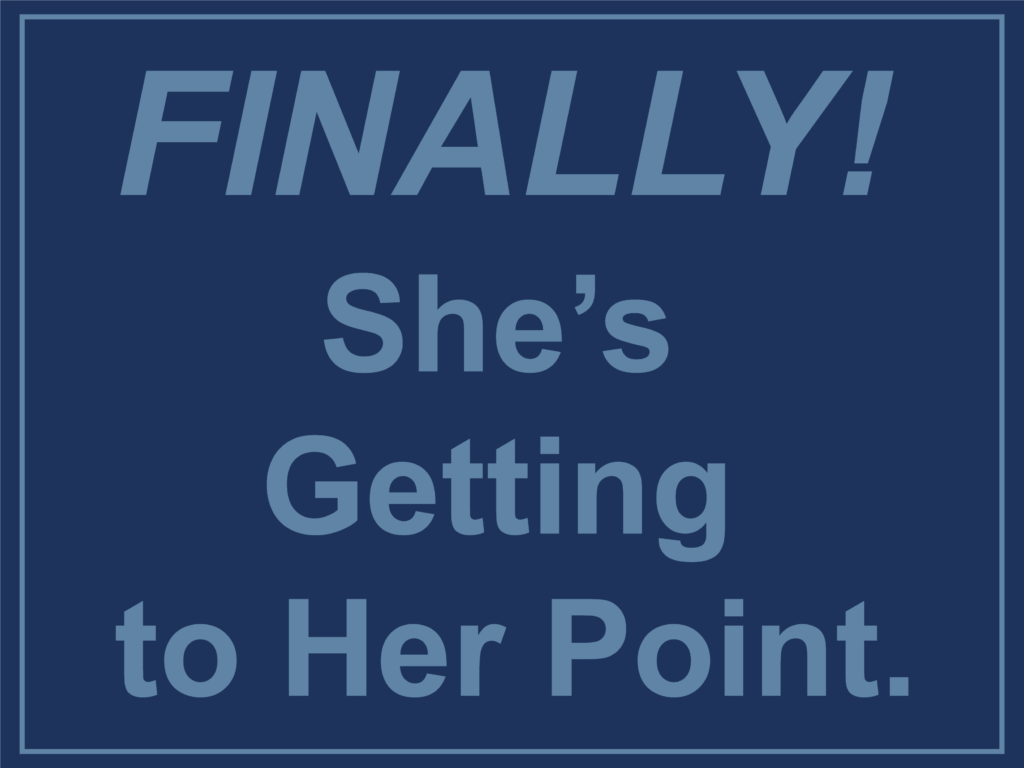
Some of the internal messages I heard, relating to my personal Instagram experience were these:
- I’m not really an artist
- Nobody likes my work
- There’s something wrong with how I present myself that turns people off
- My poor family & friends, forced to support my efforts
- What is wrong with my posts, that nobody even sees them. What is wrong with ME
That is but a small representation of thoughts that assaulted my feelings. The thoughts crept into my mind every time I checked to see the stats on my website, Etsy shop, or social media posts. I knew that I was not performing well(at all) with the Instagram algorithm, but the thing was – I KNEW that I have a fairly good understanding of how SEO(Search Engine Optimization) works. So what was going wrong?
I’ll be honest with you – Even though people genuinely like my actual jewelry pieces, and are often impressed when they first see it, I sometimes have trouble really believing it. This internal feeling extends much further than my creative work, and to me as a human being.That people like me as a human, and want to be around me, seems foreign to me. This is something that has festered within myself since a very young age. It is part and parcel with the childhood trauma I endured. But that’s not what I’m hear to talk about. MOST of us have had trauma as children, and I have worked hard to overcome these false narratives.
For the most part, I was able to do so. But about a year ago, I found the bad feelings about myself coming back. I was seeing a reduction in my overall sales from my Etsy shop, and though I understood it was very likely connected to the Covid-19 crisis, I wasn’t absolutely sure that was true. After all, plenty of people were showing social media images with their piles of packages ready to get dropped into the mail. And thanking their plethora of new (always new!) Followers. “Why aren’t I having dozens of orders to fulfill at a time?” said my internal bully. “Why don’t I have dozens of new Followers daily?”
And to punch back to those thoughts, I’m going to say this: “Because I don’t wait to take my orders to the post once or twice a week. Because I actually vet my new Followers and Block the spammers, porn sellers and bots.”
Ahhh…That felt ….good.
Still, it was at about twelve months ago that I realized Instagram was making a concerted effort to push users toward creating Reels and Live Feed content, and that I had better get with the program if I wanted to be seen. My images were receiving less and less views, and little to no engagement(Likes, Comments, Shares and Saves).
And so, I made my first Reel. Here’s the link, if you’d like to see it(Sound Up to hear the audio!). It’s a silly, poorly made, clip of my cute little doggo, Lucas. And it got 184 Views, plus 10 Likes! Only one of the Likes was from someone not Following me, but it was a start! And my second reel got more that two thousand views, and forty Likes, many of whom were not in my personal network!
“Hey, this is kind of easy enough.” I heard myself think. And as I began to learn about making Reels, I also learned that if I didn’t make them, my whole profile would lose relevancy in the scheme of the Instagram ranking formula.
Long story short, I started to feel I NEEDED to make reels. And though I was really not very good at it, I’d still better. And that since I wasn’t really very good at it, I’d better improve. Or else.
Or else….what?
Well, if you are a small business relying on social media(and what business of any size isn’t?”), you know what else…. BANISHMENT! Your content will slip down in ranking, being shown to less and less people, including those who DO follow your feed. Until you are all alone, talking to yourself, for all intents and purposes.
And so, I looked harder to learn how to compete in the alternate reality of Instagram. And what did I learn? That my Reels, and Posts, and Live Feeds, and Stories were to be seen as entertainment, if they were to be seen. It was NOT enough to post rather primitive footage of oneself at the task of creating something; it must have the appearance of having been professionally produced!
So now, small businesses had to become producers of high level content to use the platform to any level of success. Because we were not being seen as valued customers to Instagram, but as minions to their machine.
Have you perused the Reels in your Instagram Feed lately? (I bet you have, if you ever started to watch them, because they’re kind of addictive like that. Very superfluous, and full of “pretty” people masked behind insanely powerful beauty filters.).
Now, if you want to have your Reel served to a broad audience, you’ve apparently got to learn how to lip sync to trendy audio clips(chosen by Instagram and it’s algorithm). Many of the ones that fall into the “trending” category(meaning, these are audio clips more likely to get your reel into the lineup being served to the masses) are actually pretty toxic.
Some are African voices in “ghetto speak” (for lack of a less awful term), but the people syncing to these voices are white people who should be ashamed to consider themselves “Woke” when they are using these voiceovers in the same way Blackface vaudeville was intended. For entertainment….
While certainly there are less offensive audio clips, the fact remains that there is an absolute push for creators to use these prerecorded soundbites. Just a few days ago, I started to see a new campaign in my feed, from Instagram, in which certain audio clips are “suggested.” I’m not sure if people aren’t paying to have their soundtracks included, but it doesn’t say these are promoted posts, so I think not. It’s what Instagram wants you to do.
How is a person supposed to compete against this?
It would be one thing if a person was purely using this concept to play, but even then – that becomes a competition. I’m fine with that. Life is full of people besting other people as a basic component of their existence.
But for a creative small business owner, who has to wear every single hat in the work closet – where do we find the time to do all this?
I can tell you the answer, and it is often at the expense of our actually creating what we love. Because, what does it matter if you made an awesome new thing, if you’ve been using social media to showcase these awesome new things, and that social media site deems them unworthy of being shown?
I’m going to stop now, publish, and take a break, but I expect I’ll be updating this post. As it is, it’s two sessions of stream of consciousness writing. Though that IS pretty much my style, I know better. I should at least go in and proofread, right?
So, lastly – here’s a link to my most recent Instagram Reel. I’m still not “up to snuff” apparently, since it has only 21 Views, four Likes and one Comment(which is my own, as is one of the Likes). You’ll notice that although I have put the video to a sound clip, at least its an actual piece of music. Someone’s creative effort.

